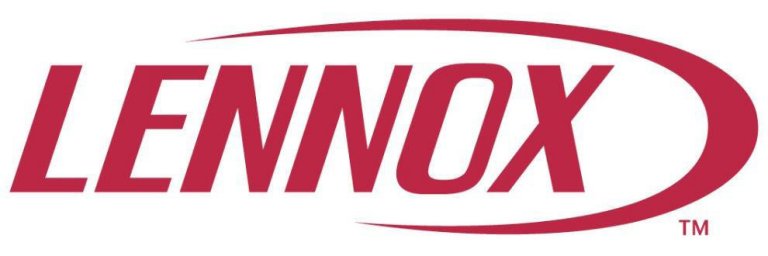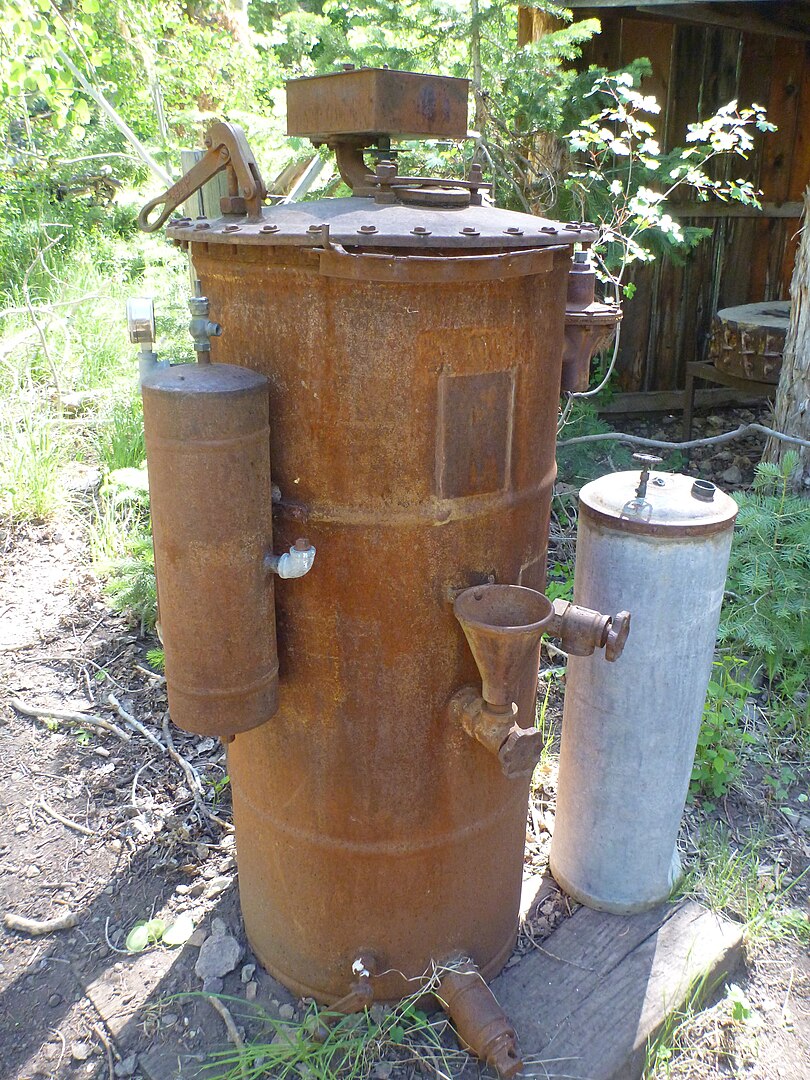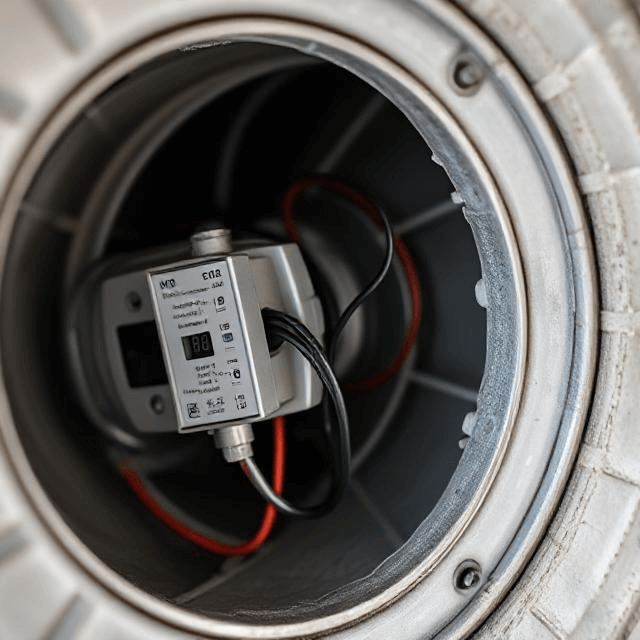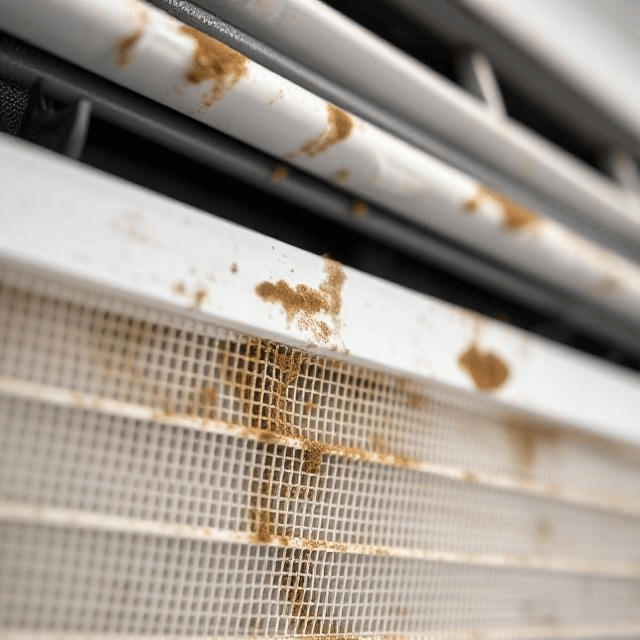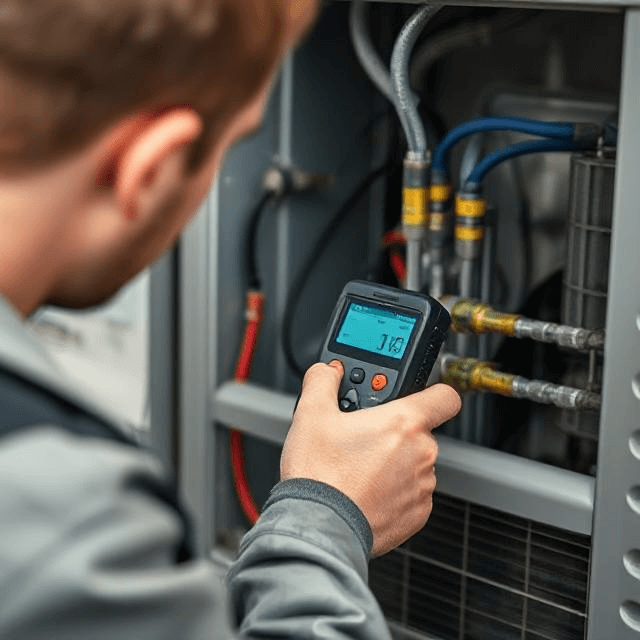Retrofitting can be an excellent solution if your home’s HVAC system shows its age but isn’t quite ready for a full replacement.
Retrofitting involves updating specific components of your existing system to improve efficiency, reduce energy consumption, and enhance overall comfort. This process allows you to extend the lifespan of your current setup without the hefty investment of a brand-new system.
In this guide by Season Control, let’s explore the benefits and methods of retrofitting older HVAC systems.
Understanding HVAC System’s Lifespan
Typically, a well-maintained HVAC system can last between 15 to 25 years, depending on the type of system and its usage patterns. Factors such as the quality of installation, the brand’s reputation, and the regularity of maintenance affect the lifespan of these systems.
As HVAC systems age, several signs may indicate they are nearing the end of their service life. Some of these signs include:
- Increased energy bills: Compare current utility bills with those from previous years. An increase in energy usage may suggest that the HVAC system is becoming less efficient.
- Unusual Noise: Rattling, buzzing, or hissing can indicate mechanical problems, airflow issues, or refrigerant leaks.
- Inadequate Performance: Inconsistent airflow or temperature in different rooms can signal problems with the ductwork or the HVAC unit.
- Physical Damage: Look for signs of wear and tear on the HVAC components. Corrosion, leaks, and other damages can impact performance.
- Need for Frequent Repairs: If your HVAC system requires frequent repairs, especially for critical components like the compressor or heat exchanger, this can indicate that it’s reaching the end of its lifespan.
- Humidity Problems: Issues with maintaining consistent humidity levels inside your home can be a sign of a failing HVAC system. An older system may struggle to properly dehumidify the air, leading to discomfort and potential moisture-related issues.
- High Dust Levels: An increase in dust and allergens in your home can indicate that your HVAC system’s filtration capabilities are diminishing. Aging systems may not circulate air as effectively, failing to filter out particles as they once did.
Additionally, if your system uses R-22 refrigerant (which is being phased out due to environmental concerns), it is a clear sign that it is outdated.
Key Retrofitting Options for Enhancing HVAC Efficiency
Here are some options for homeowners looking to retrofit their aging systems:
Upgrade to a High-Efficiency Furnace or Air Conditioner
If the central components of your HVAC system are outdated, consider upgrading to high-efficiency models.
Newer furnaces and air conditioners use less energy while providing better comfort and control.
Install a Programmable Thermostat
Installing a programmable or smart thermostat improves the efficiency of your system by automatically adjusting temperatures based on your schedule and preferences.
This reduces energy consumption when you’re not home and enhances comfort when you are.
Seal and Insulate Ductwork
Leaky ducts reduce the efficiency of your HVAC system by losing heated or cooled air before it reaches its destination.
Sealing ductwork and ensuring it is adequately insulated improves system efficiency and reduces energy bills.
Add or Upgrade Ventilation
Proper ventilation improves indoor air quality and can reduce energy costs by helping to regulate indoor temperatures and humidity levels.
Consider adding or upgrading exhaust fans, and ensure your system’s ventilation meets modern standards.
Replace the HVAC Filter Regularly
A clean filter improves airflow and system efficiency, while a dirty filter can lead to increased energy use and system damage.
Upgrading to higher-quality filters can also help remove pollutants and improve indoor air quality.
Install Zoning Systems
Zoning systems control the temperature in different areas of your home independently.
This is especially beneficial in larger homes where heating and cooling needs may vary greatly from room to room.
Upgrade to an Energy-Efficient Heat Pump
If your system uses an older heating technology, upgrading to a modern heat pump can be a more energy-efficient alternative.
Heat pumps offer heating and cooling and are known for their exceptional energy efficiency.
Incorporate Renewable Energy Solutions
Consider integrating renewable energy solutions like solar panels to power your HVAC system.
This can reduce your reliance on traditional energy sources and lower energy bills.
Evaluating the Costs and Savings of Retrofitting
Retrofitting can include initial expenses for high-efficiency units, ductwork repairs, and control systems. However, the long-term savings outweigh the upfront costs.
- Energy Savings: Upgraded systems use less energy, reducing monthly utility bills.
- Maintenance Reduction: New components are less prone to breakdowns, decreasing frequent repair costs.
- Rebates and Incentives: Many local governments and utility companies offer rebates for energy-efficient upgrades.
- Return on Investment: Although initial expenses can be substantial, the savings on energy bills can offset these costs over time.
Common Challenges in Retrofitting HVAC Systems
Retrofitting an older HVAC system can be a complex process, and homeowners may encounter several challenges along the way, including:
- Finding Compatible Components: Older HVAC systems may use outdated technology, making it challenging to find compatible parts for upgrades.
- Dealing with Structural Constraints: Many older homes were not designed with modern HVAC systems in mind. Space for new ductwork, larger units, or additional equipment like air handlers may be limited, requiring creative solutions or even structural modifications.
- Unexpected Costs: Retrofit projects can often reveal hidden problems such as electrical issues, poor insulation, or previously undetected leaks. These issues must be addressed to ensure the new system functions efficiently, potentially adding unforeseen expenses to the budget.
- Compliance with Current Codes: Building codes evolve, and older systems may not meet current requirements. Bringing a system up to code can involve changes to electrical systems, ventilation, and more, which can be costly and complex.
- Disruption During Installation: Retrofitting an HVAC system can be disruptive, particularly if extensive work is needed. Homeowners may need to deal with noise, dust, and interruptions to their daily lives during the installation process.
- Choosing the Right Contractor: Finding a qualified contractor with experience in retrofitting can be challenging. Select someone who understands the intricacies of older systems and the latest advancements in HVAC technology.
- Balancing Cost and Benefit: It can be tricky to weigh the costs of retrofitting against the expected benefits in terms of energy savings and improved system performance. Homeowners must consider whether the immediate expense justifies the long-term savings and enhancements.
Do I Need a Permit for Retrofitting Project?
Yes, you may need a permit for a retrofitting project, especially if it involves changes to your HVAC system, electrical upgrades, or structural modifications. Permit requirements vary by location, so it’s important to check with your local building department or municipality to ensure compliance with local codes and regulations.
Benefit from HVAC Retrofitting
An HVAC retrofit enhances efficiency, conserves resources, and saves money.
By choosing to retrofit, homeowners can extend the life of their existing systems while adapting to modern standards of energy use and comfort.
Start your journey to a more sustainable home with a retrofit plan that suits your needs.
